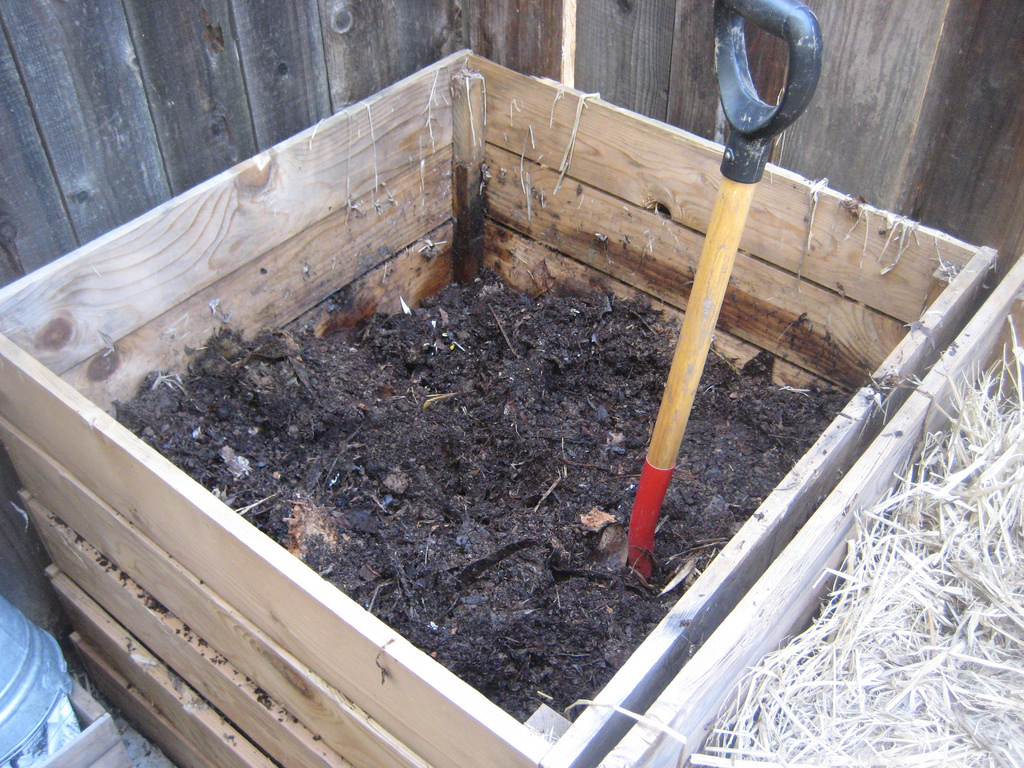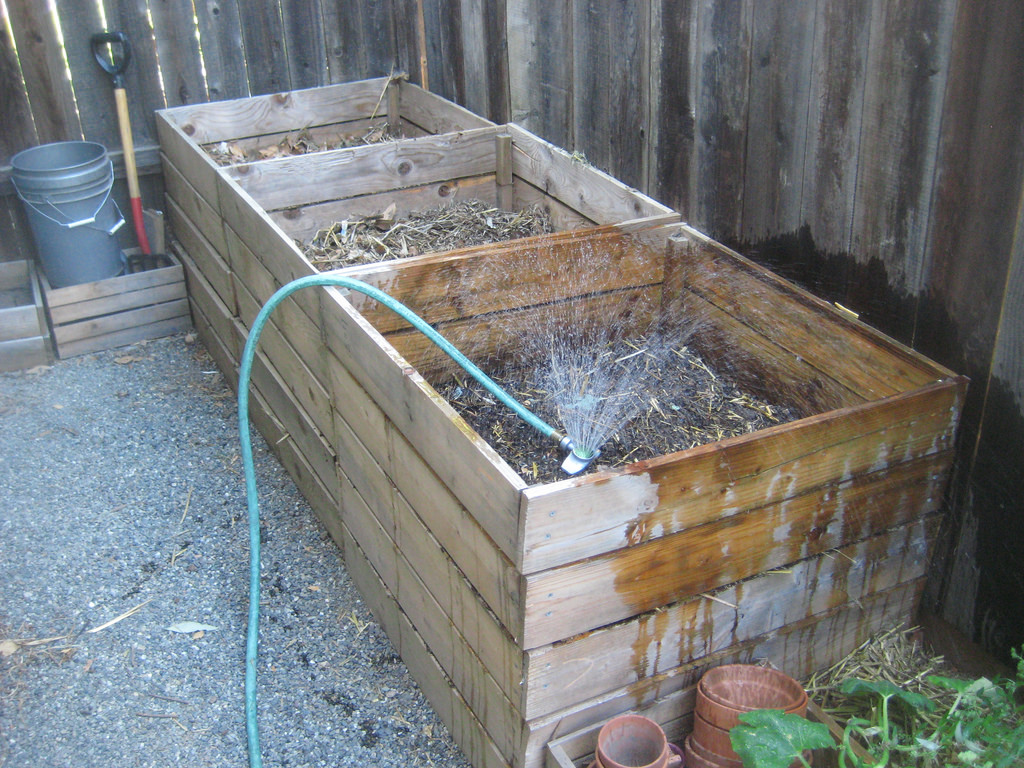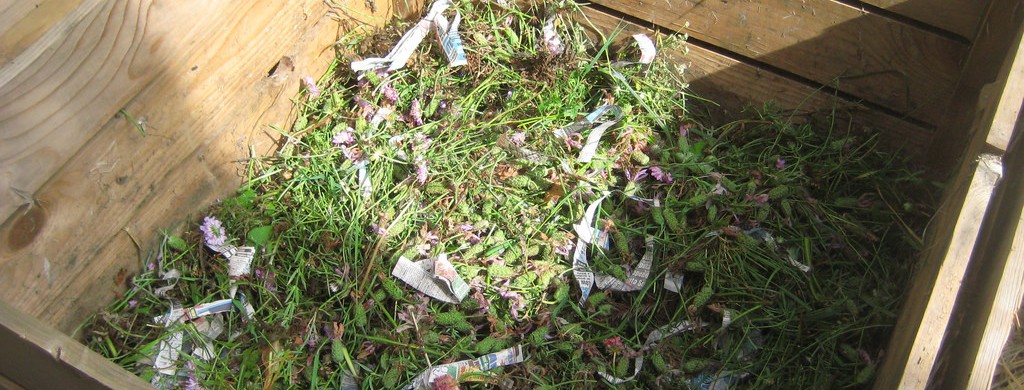There is no such thing as perfect soil. No matter where you live, your soil will require some amendments to have a productive garden. One of the easiest ways to get proper nutrients for your soil is with a compost pile. Whether you live in the country in the city, there are ways to create your own organic compost pile.
It is not difficult to compost. There are only a few easy steps: making the compost pile, providing organic materials, and turning and watering the compost as needed. Here’s a guide to get you started
Making the Compost Pile
Where should I put it?
The location is one of the most important steps for starting a compost pile. It should be a convenient place for you to work in it. You should find level ground that is spacious and has proper drainage. Puddled water is not good for compost. Your location should have a good mix of sun and shade. If there is not enough shade, your compost will dry out. You just need enough sun to make sure that the pile does not stay too damp. When you are locating your pile, try to avoid places where pets and other wildlife may scavenge.

How big should I make it?
According to Calreycle.org, a good size for a compost pile is 3 feet X 3 feet. If you live in the city, there may be ordinances that govern the size of your pile. A smaller one is fine if you keep it turned and watered well. If you do not have a compost bin, you should start your pile on the ground. Your compost will not cure properly if you start it on cement or blacktop. Some gardeners build their pile on old wooden pallets.
What to Add to The Compost Pile
You can compost most organic matter; however, there are some things that should never go into your pile:
• Dog or cat waste
• Human waste
• Ash from coal or charcoal
• Weeds or diseased plants
• Meat, dairy, or oil food products
When you make compost, you need a healthy blend of carbon (brown) and nitrogen (green). Layer them in a way that you would a cake, says gardenguide.com:
• First layer: It is best to start your pile with browns, such as straw and small sticks. Make the layer about 6 inches deep.
• Second layer: Now it is time to build up the nitrogen with some greens. This is a great way to use your leaves, grass clippings, and kitchen waste. For an extra boost of nutrition, mix in some animal manure (i.e. cow, horse). It will add helpful microbes and vamp up the heating process. This layer should also be about 6 inches thick.
• Additional layers: Over time, alternate layers of green and brown materials until you have reached about three feet tall (or to the top of your compost bin). As you add another layer, water it lightly. Do not compact the layers too tightly, or it will be difficult to turn.

How to Water and Turn Your Compost
Healthy compost is not soggy; rather, it is lightly moist. Rain and wet green waste will provide most of the moisture for your pile. It is still recommended to occasionally water the pile so it does not dry out. Do not despair if your compost gets too wet. Just turn it more frequently or add more brown materials to absorb the extra water.
All the materials will get a good mixing when you turn it for the first time. Use a shovel or pitchfork to turn the pile frequently. The materials will decompose faster, and you will have better aeration.
When you use these easy composting tips, you will soon have the “black gold” that is so coveted by gardeners. You will notice more abundant flowers and healthier produce. If you’re still not convinced, there are lots of other great reasons to start composting.
